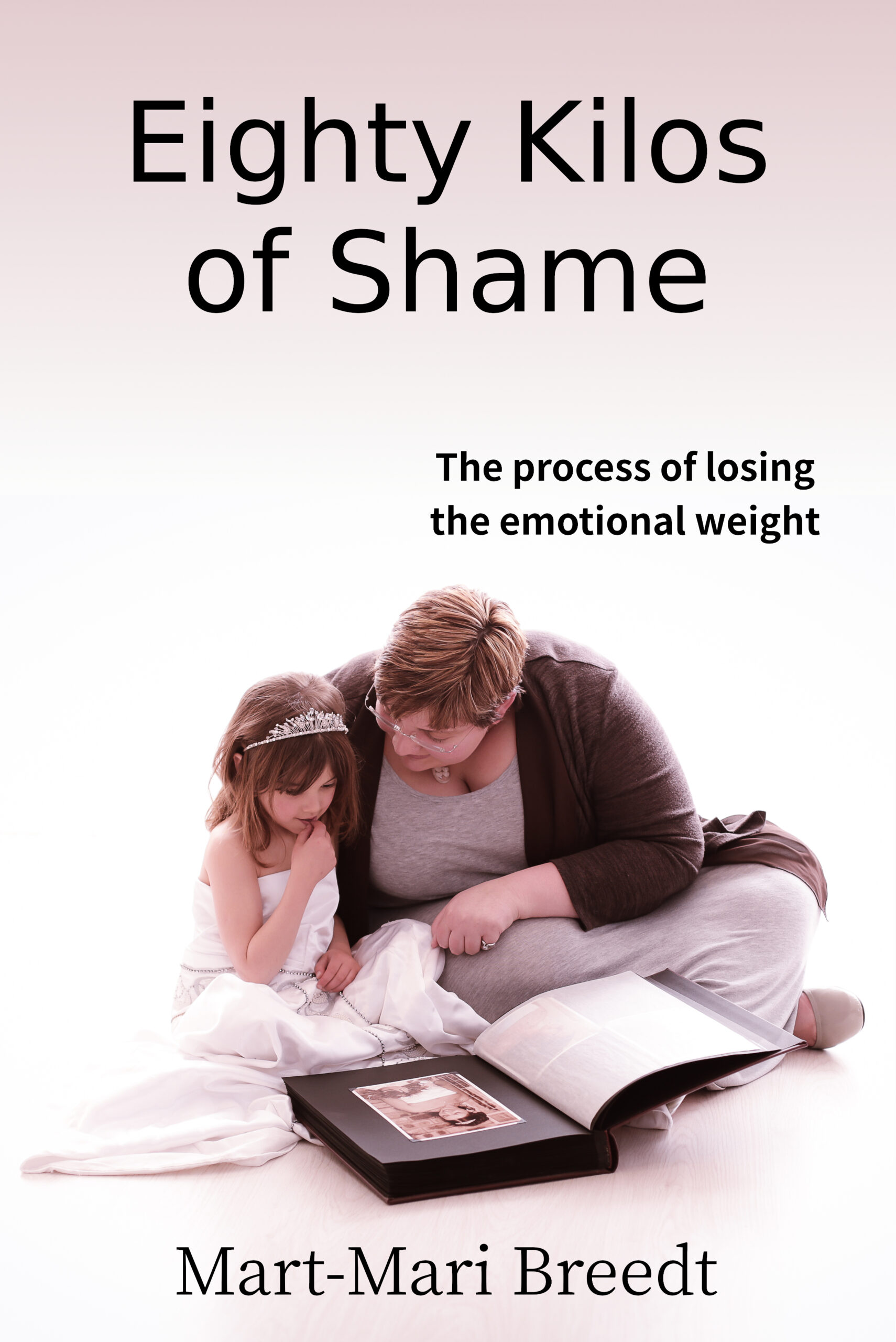
There’s no universal best option
During one of our runs, my friend Raymond walked me through the intricacies of conducting a fire test. It’s amazing the subjects we delve into while pounding the tar.
The process entails subjecting materials to intense heat until they reach their smoking point. Sensors, strategically placed above the experimental setup, are supposed to detect the smoke. The order and time at which these sensors detect or fail to detect the fire are recorded. This data is later presented to the client, a mining company, aiding them in deciding which sensors to invest in.
After absorbing Raymond’s insights, I posed a question: “Does the best-performing sensor always equate to the best one to purchase?”
“Definitely not,” Raymond responded. “Other factors like after-sales support, cost, maintenance, and part availability come into play. Unfortunately, I can’t measure these in my tests. The mine needs to consider these factors themselves.”
“Can you recall a situation where the technically best sensor wasn’t the ideal choice for a more subjective reason?”
“Yes, many years back, we had a multi-sensor capable of detecting various issues like smoke, carbon monoxide, and oxygen levels. During a demonstration for the mine, the reps showcased how a red light would signal a problem.”
“That sounds efficient. Why wasn’t it the right choice?”
“Well,” Raymond recounted, “I asked the rep how one would pinpoint the specific problem when the sensor flashed a red light. His answer? Check the control panel inside, which displays an error code.”
“Seems inconvenient.”
“Indeed. I then presented this scenario: imagine you’re a foreman underground with miners, and the sensor, hundreds of meters away, turns red. To take appropriate action, you must send someone to check it. That person might collapse near the sensor, and only then do you realize it’s carbon monoxide.”
“I see. The control panel isn’t helpful in an emergency.”
“Exactly. So, I suggested: ‘Use different colour LEDs!'”
Over a week ago, I shared Raymond’s story with my course group, prefacing our discussion on various dieting options. My aim was to emphasize that choosing a diet isn’t merely about picking the best one. If it was, I could have saved myself the trouble and focused on just one diet, which I don’t do.
Selecting a diet also involves considering soft factors like cost, ease of adherence, and personal suitability. Everyone’s needs and bodies differ, leading to diverse choices.
Occasionally, something may seem fantastic—everything you’ve desired—but it turns out to be a red light in the distance, awaiting its next victim.
As we approach the dieting season, with January ushering in resolutions, weight loss often tops the list. Here are a few tips:
- Avoid perfectionism; embrace an always-something outlook.
- Opt for a sustainable diet that can become a lifestyle; reserve unsustainable options for temporary needs.
- Resist the urge to hop from one diet to another; commit for at least three weeks before reassessing.
- Reflect on your yo-yo dieting history; identify what works, why you quit, what frustrates you, and what’s easy to stick to.
Remember, there’s no universal best option—only the best option for you.

